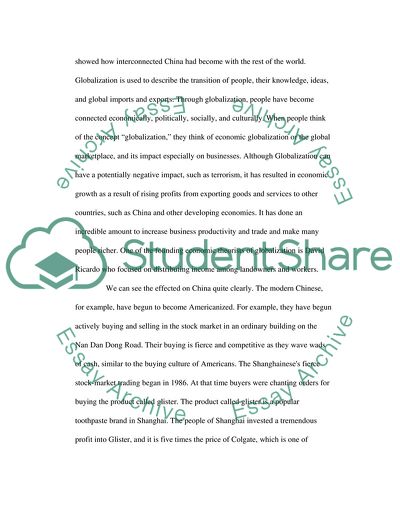Cite this document
(Modernizing and Developing China Term Paper Example | Topics and Well Written Essays - 2000 words, n.d.)
Modernizing and Developing China Term Paper Example | Topics and Well Written Essays - 2000 words. Retrieved from https://studentshare.org/social-science/1735415-modern-china
Modernizing and Developing China Term Paper Example | Topics and Well Written Essays - 2000 words. Retrieved from https://studentshare.org/social-science/1735415-modern-china
(Modernizing and Developing China Term Paper Example | Topics and Well Written Essays - 2000 Words)
Modernizing and Developing China Term Paper Example | Topics and Well Written Essays - 2000 Words. https://studentshare.org/social-science/1735415-modern-china.
Modernizing and Developing China Term Paper Example | Topics and Well Written Essays - 2000 Words. https://studentshare.org/social-science/1735415-modern-china.
“Modernizing and Developing China Term Paper Example | Topics and Well Written Essays - 2000 Words”. https://studentshare.org/social-science/1735415-modern-china.


